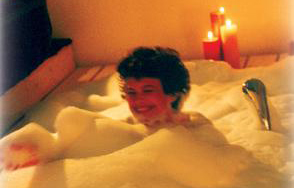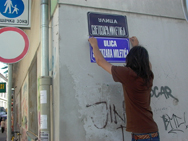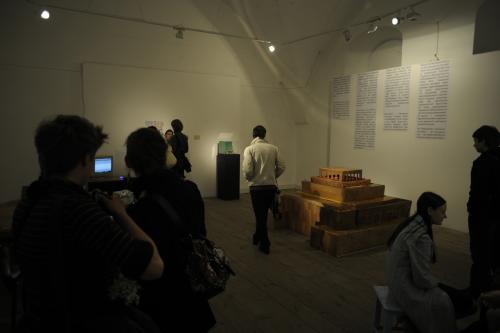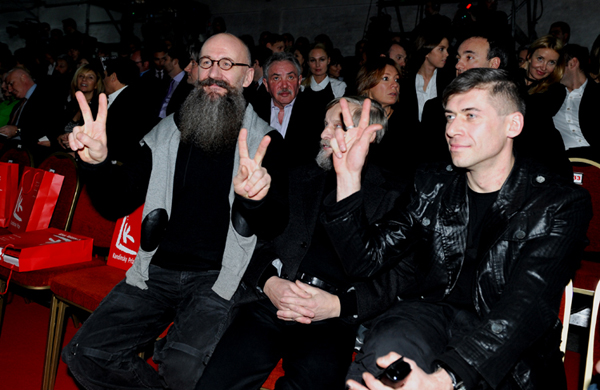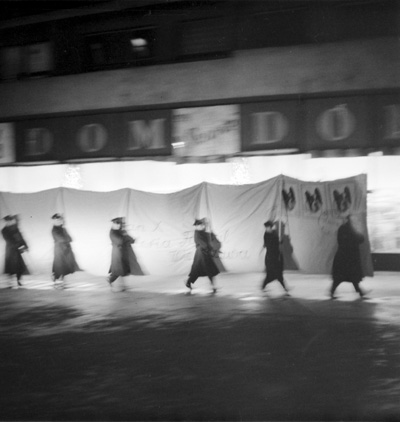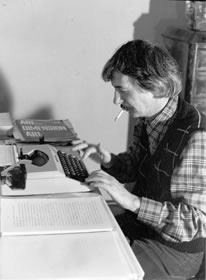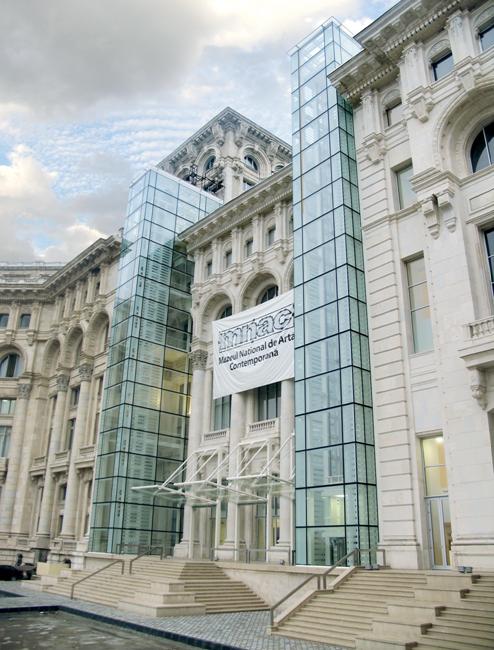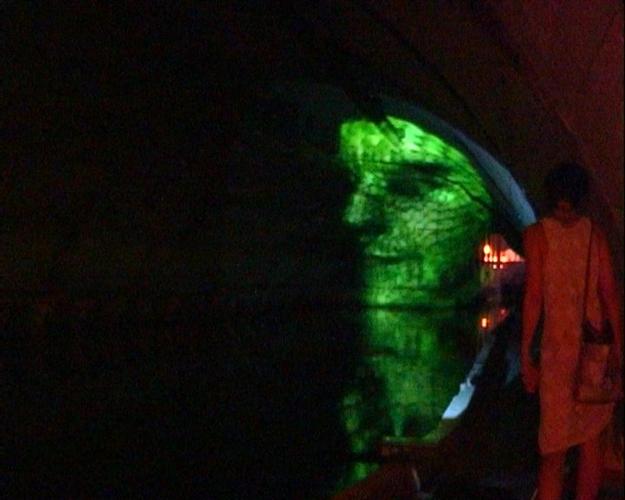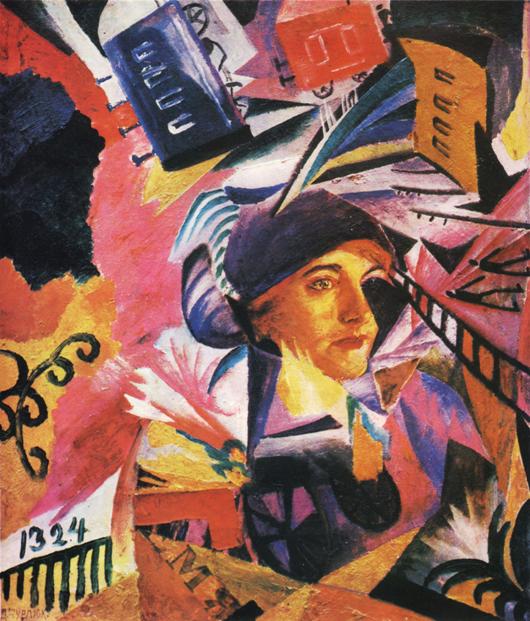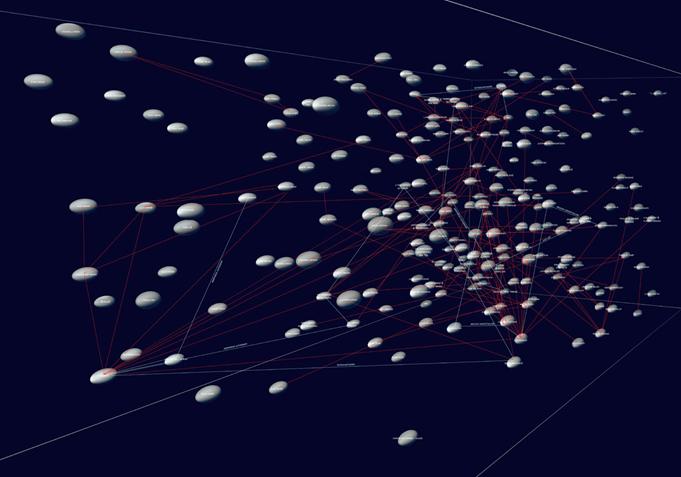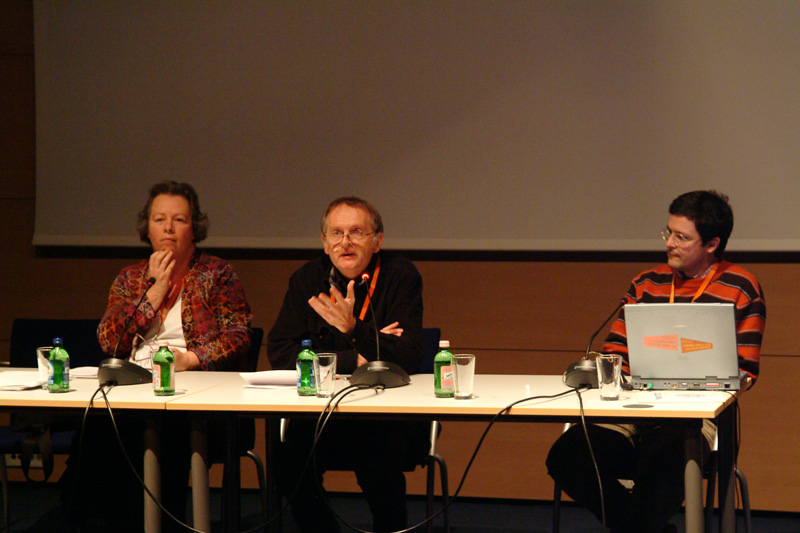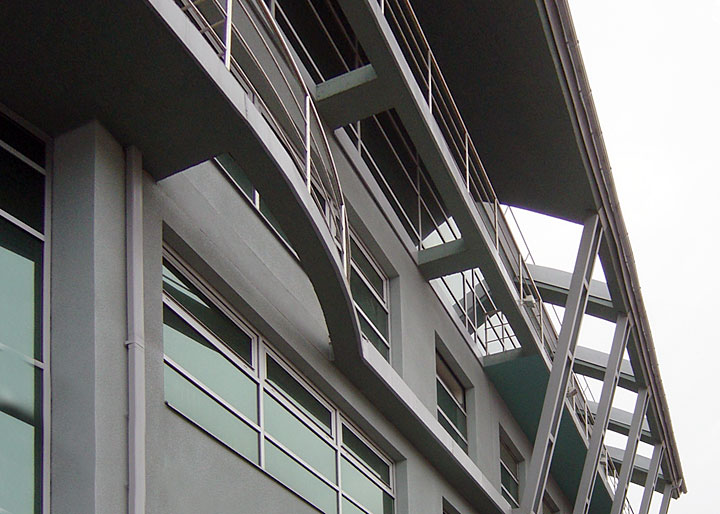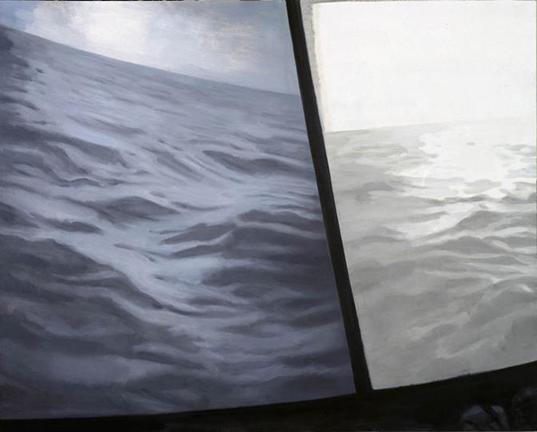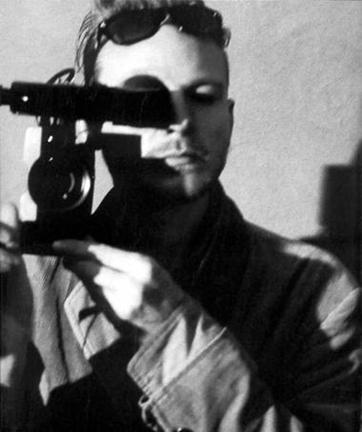Tanja Ostojić’s Aesthetics of Affect and PostIdentity (Series “New Critical Approaches”) (Article)
The following is the first in a series of essays that explore new critical approaches to art from East-Central Europe.
Tanja Ostoji? is a contemporary Serbian artist who is no stranger to problems of identity. In her work she questions and challenges power relations and their permutations within the realms of politics, culture, and art. Ostoji?’s work spans more than ten years and encompasses a variety of artistic engagements, from performance works in which she covered her naked body with marble dust and stood in the middle of an art gallery, to works such as I’ll Be Your Angel in … Read more

